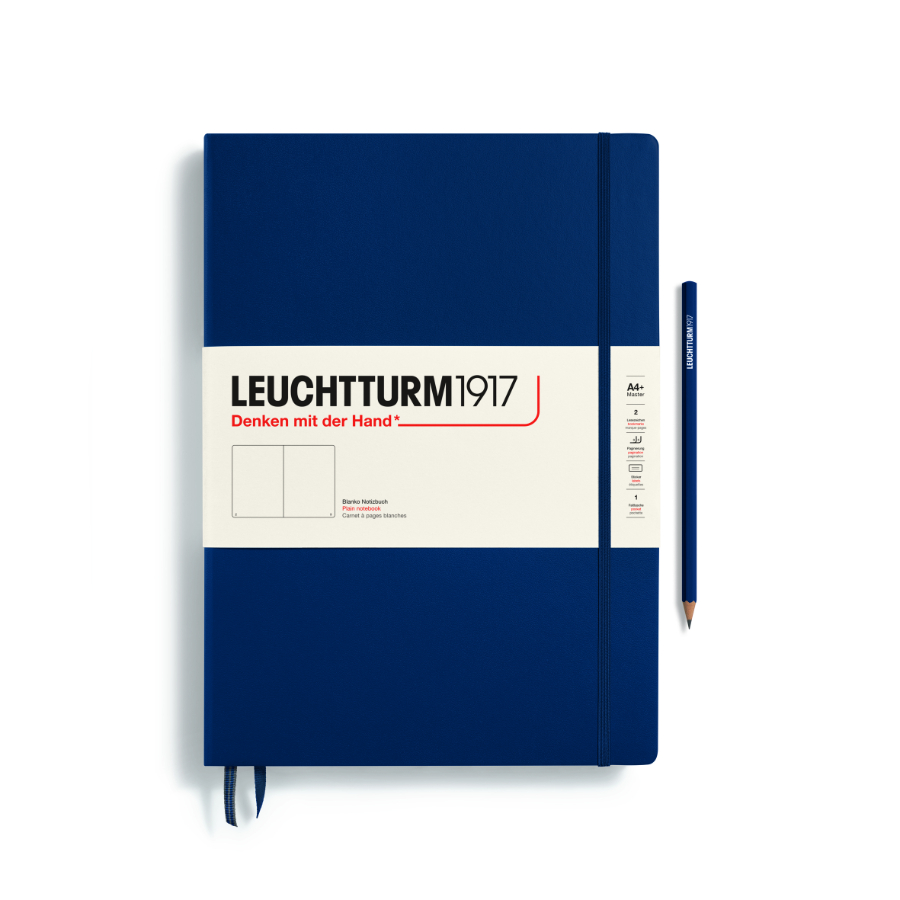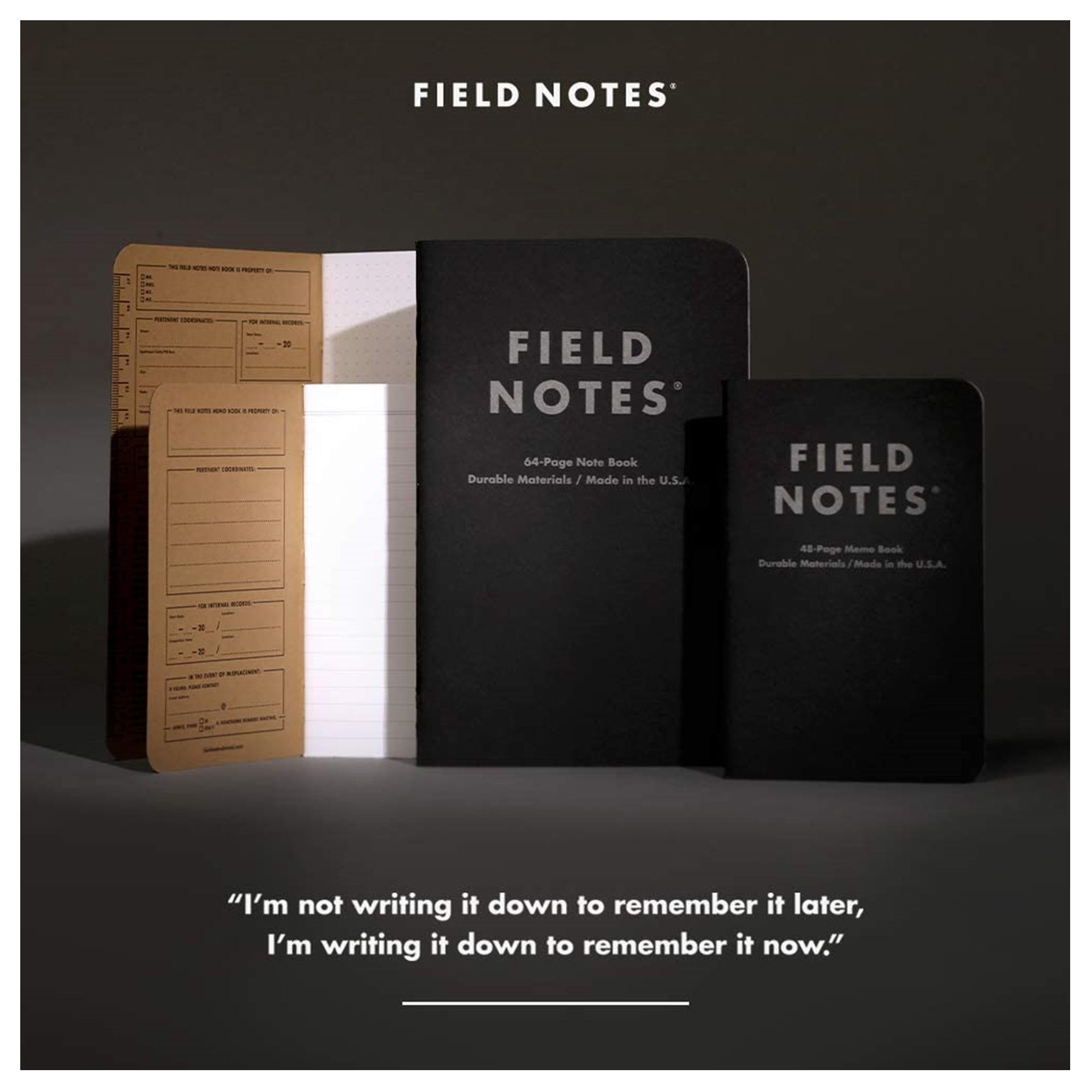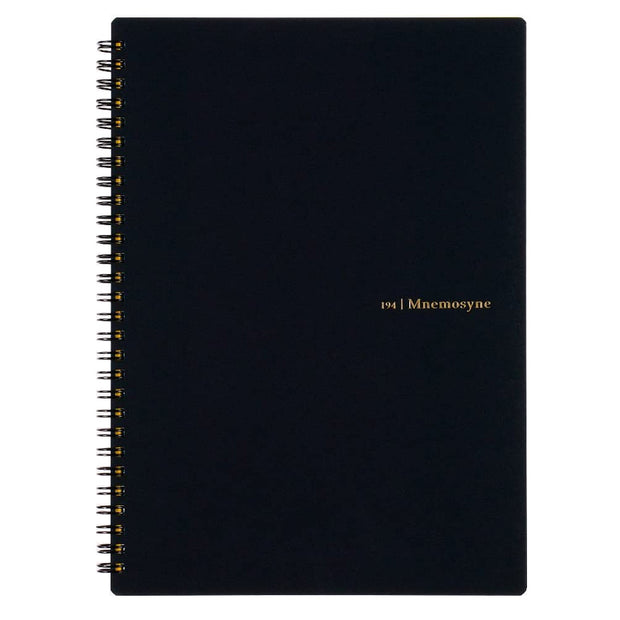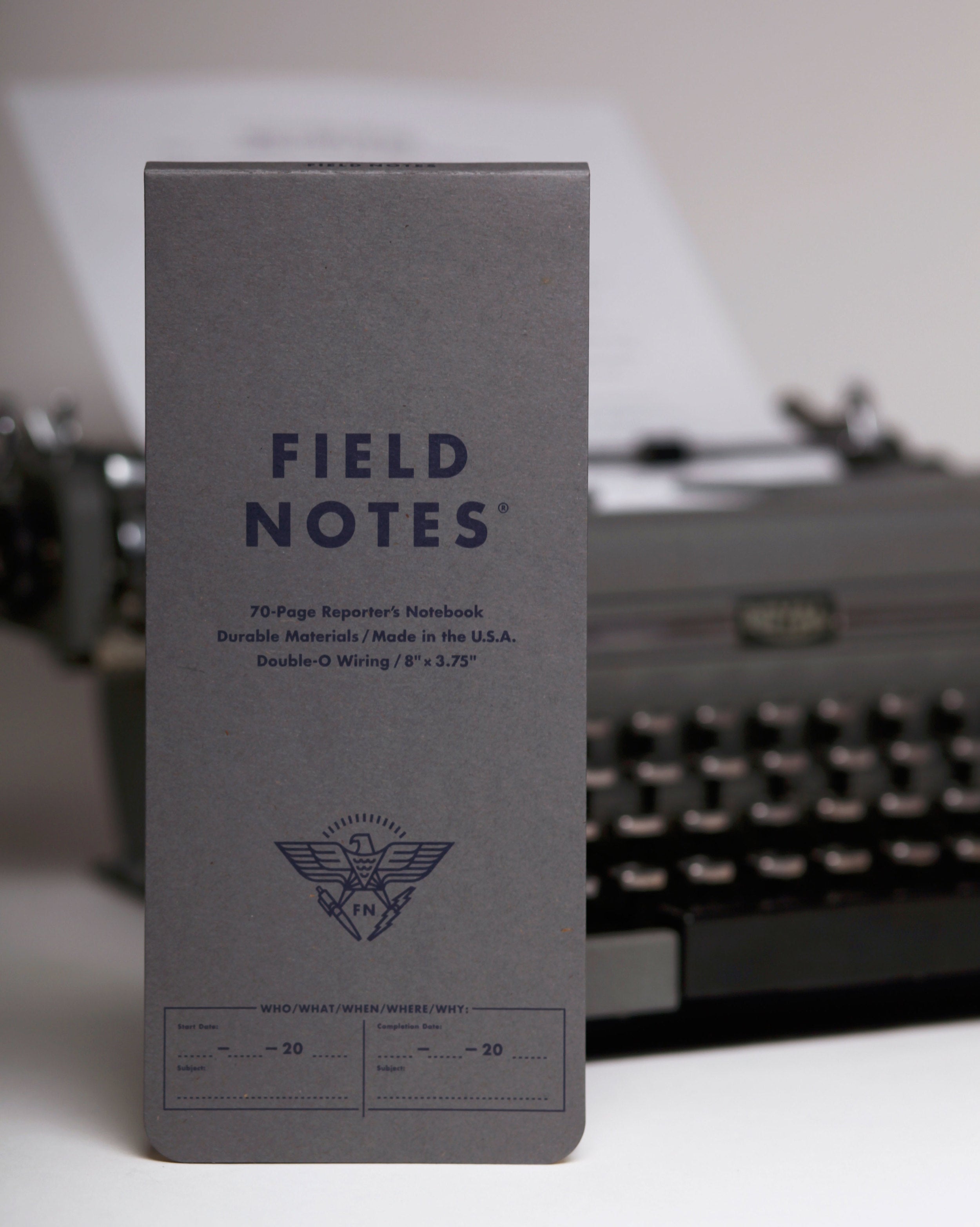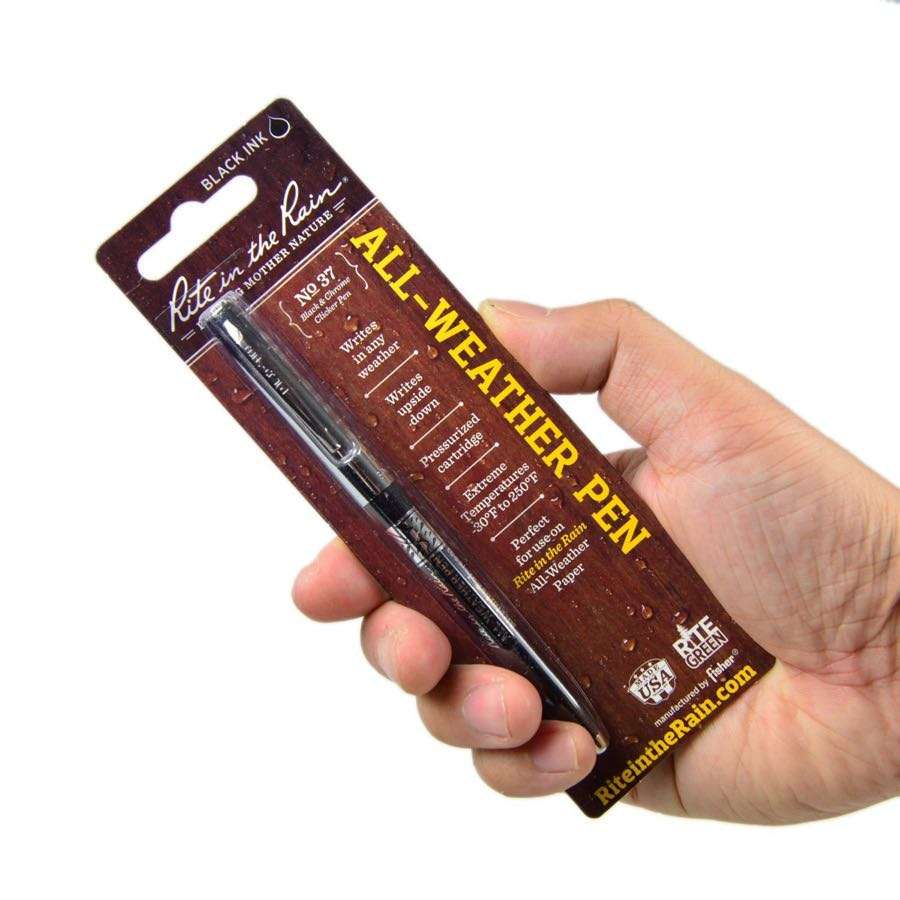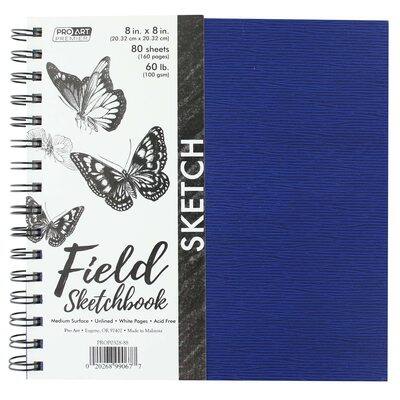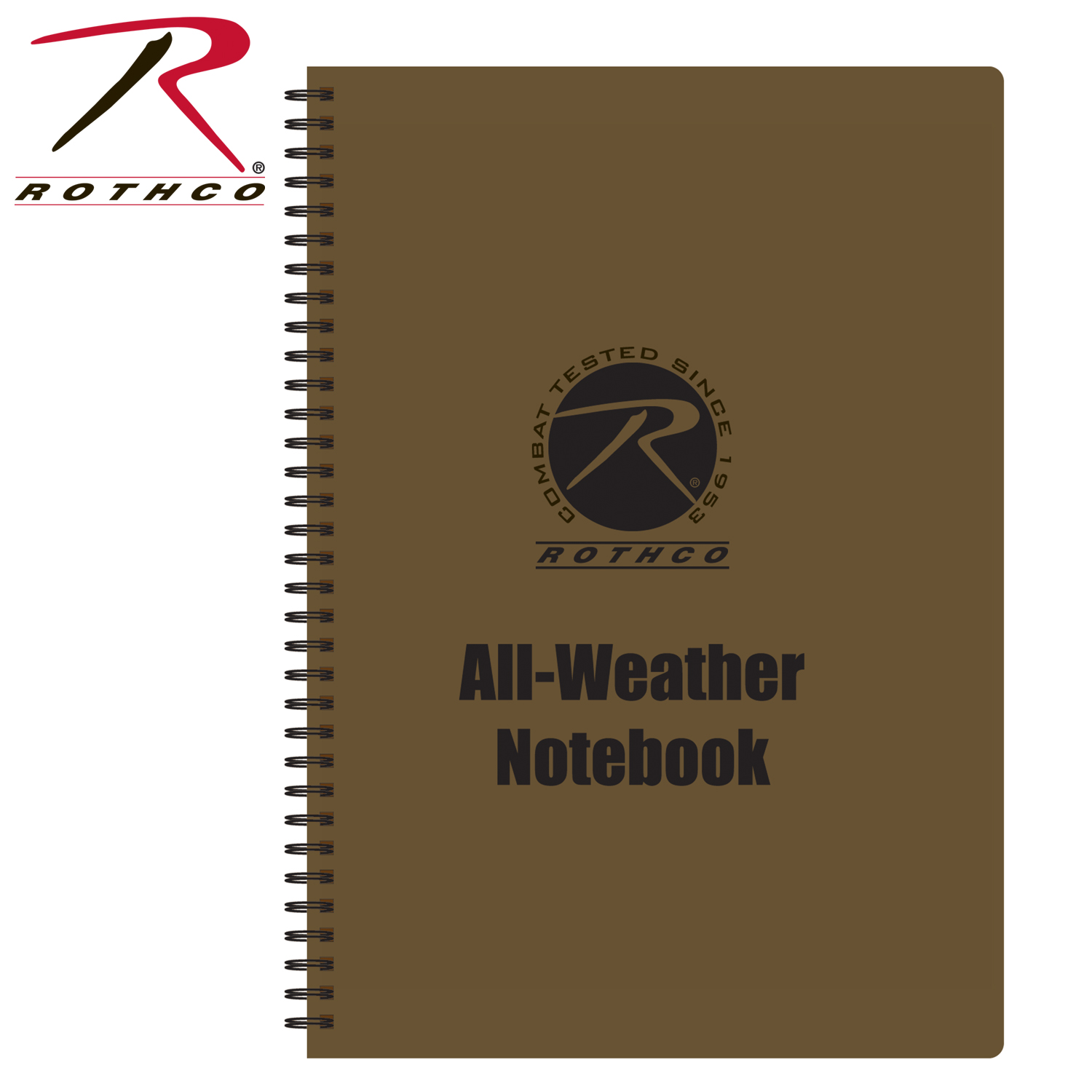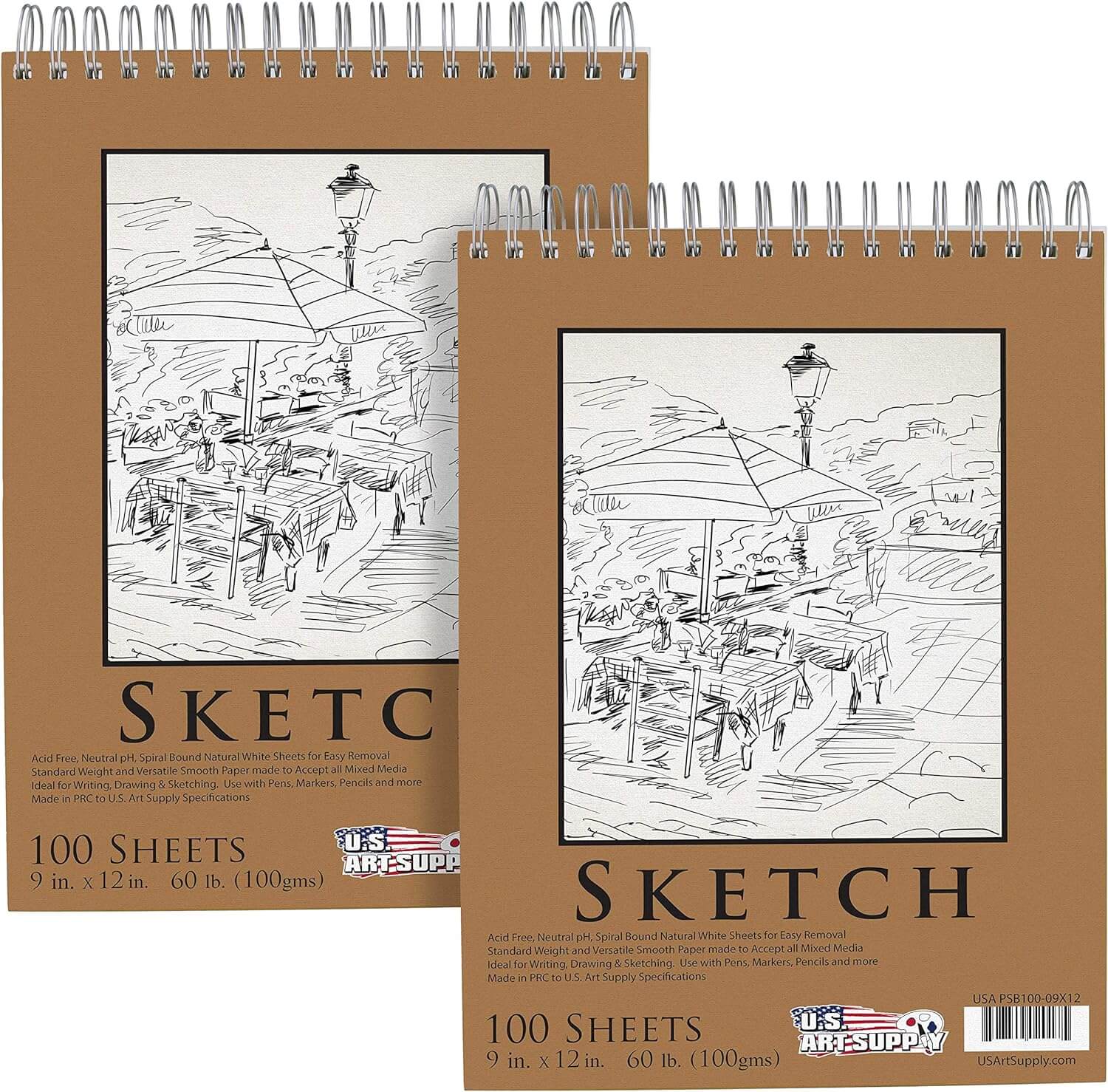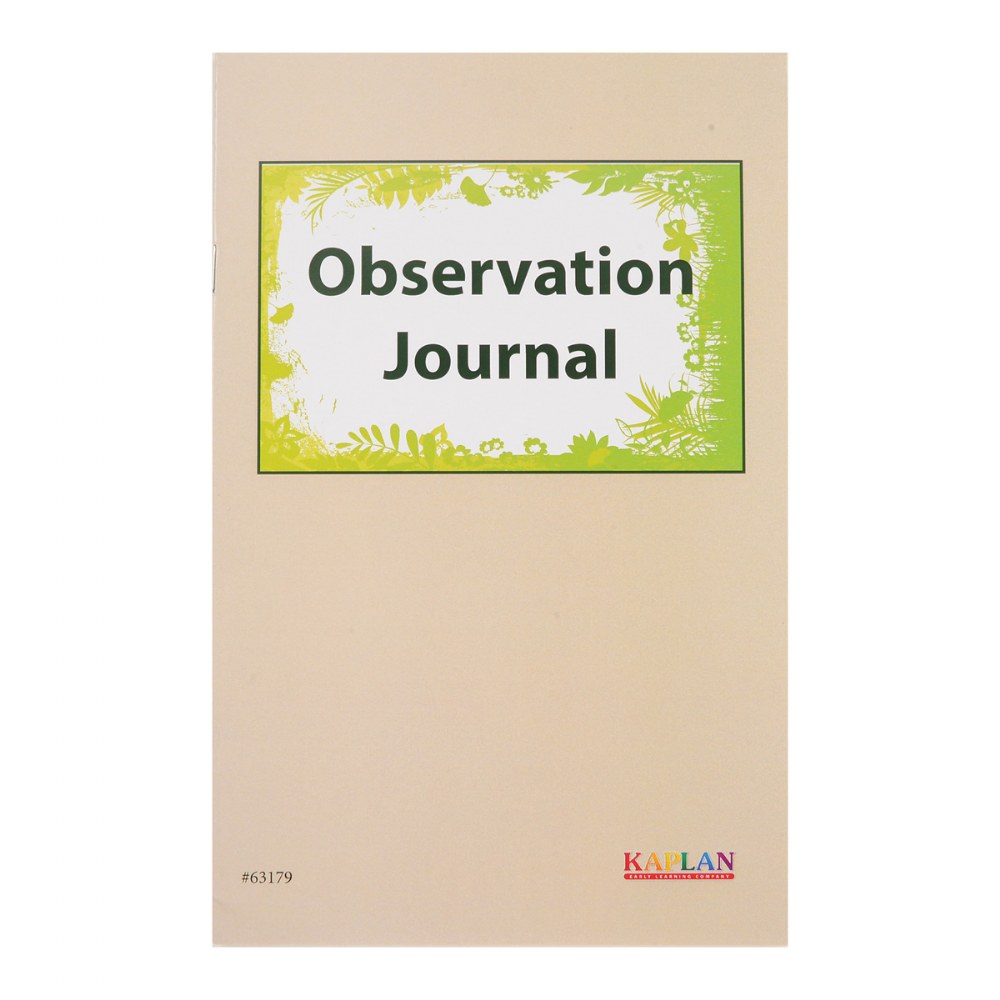Discover Pandipedia
Pandipedia is the world's first encyclopaedia of machine generated content approved by humans. You can contribute by simply searching and clicking/tapping on "Add To Pandipedia" in the answer you like. Learn More
Expand the world's knowledge as you search and help others. Go you!

Rite in the Rain Notebook
A durable and waterproof notebook designed for extreme field conditions, ensuring written notes remain legible even when wet[2].
Leuchtturm1917 Hardcover Notebook Classic
A medium-size hardcover notebook with exquisite paper that resists ink bleeding and feathering, organized with index pages and labels[9].
Field Notes Memo Book
A compact, pocket-sized notebook known for its quality paper and durability, ideal for capturing quick notes on the go[9].
Maruman Mnemosyne N194A Notebook
A spiral-bound notebook with smooth paper that excels with fountain pen use, easy page perforation, and unique sectioning for organized note-taking[9].
Midori MD Notebook
A minimalist medium-size notebook with cream-color pages that offers tactile feedback and is designed for sketching and writing with various pens[9].
Field Notes Front Page Reporter’s Notebook
A lightweight notepad with high-quality paper suitable for taking notes one-handed, with a back pocket for small items[9].
Moleskine Cahier Journal
A classic notebook featuring durable cardboard covers and acid-free paper, well-suited for writing and sketching, though it tends to bleed with wetter inks[9].
Rite in the Rain All-Weather Pen
A specially designed pen for use with waterproof paper, allowing for writing in wet conditions without smudging[2].
Polydura Notebooks by Rite in the Rain
Flexible plastic-covered notebooks that resist water and abrasion, ideal for fieldwork and tough environments[2].
UCL Field Notebook
Recommended for geology, this notebook emphasizes the importance of clear observation records and interpretations to facilitate revisiting sites in the future[10].
Fabric-bound Field Sketch Book
Specifically made for sketching geological features, ensuring quality paper holds up under various weather conditions[10].
Weather Writer Notepad
A clipboard with a waterproof cover that lets you take notes effectively in challenging weather, ideal for field mapping[4].
A5 Field Notebook
A portable, water-resistant notebook designed for field observations, with lined or blank pages depending on the user’s preference[11].
Tough cover spiral notebook
Ideal for rugged use, featuring tough covers that withstand wear during field research and can accommodate a variety of writing instruments[11].
Waterproof Field Journal
A journal specifically designed to withstand moisture, excellent for outdoor sketches and notes[11].
Pocket Sketchbook
A small, portable notebook perfect for sketching observations quickly in the field[11].
Grid-Patterned Field Notebook
Allows for precise technical drawings and measurements, useful in geographic studies[11].
Leather-bound Field Journal
A classic option that offers durability along with the appeal of a stylish design, often used by professionals in the field[11].
Ethogram Notebook
Specifically designed for documenting animal behavior with structured sections for recording observations and notes[11].
Spiral-bound sketchpad
Provides flexibility for note-taking and sketching while being easy to manage and transport[11].
Waterproof ID Wallet Notebook
Combines the storage of identification with the utility of a field notebook, ensuring notes stay protected[11].
Compact observation journal
Designed for quick note-taking and portability, ideal for observational studies in various environments[11].
Let's look at alternatives:
- Modify the query.
- Start a new thread.
- Remove sources (if manually added).
- Request a manual search from our human research team.

According to Wikipedia, “the trolley problem is a series of thought experiments in ethics, psychology, and artificial intelligence involving stylized ethical dilemmas of whether to sacrifice one person to save a larger number”[1]. In its most common form, a runaway trolley is headed toward five people tied to the tracks. You have the option to pull a lever that will divert the trolley onto an alternate track—where only one person is in harm’s way—raising the question of whether it is acceptable to actively cause one person’s death in order to save five.
Philosophyterms puts it simply: “Picture a big, heavy trolley … rolling quickly on train tracks. Ahead, there are five people tied up, and if you pull the lever the trolley will switch tracks to hit one person instead”[2]. This contrast forces us to decide between doing something that directly causes harm or not interfering, even though doing nothing results in more deaths.
Britannica adds that the problem “has been used to explore the validity and range of application of the doctrine of double effect and the distinction between doing harm and allowing harm”[3]. In other words, it challenges us to consider whether the moral choice should be judged solely by the outcome (saving more lives) or by the nature of the act itself (the act of deliberately causing harm).
Merriam-Webster explains that the trolley problem “illustrates a trade-off between what is good and what sacrifices are 'acceptable,' if at all”[4]. Philosophers have used various versions of the dilemma—not only the basic switch scenario, but also cases such as pushing a person from a footbridge to stop the trolley—in order to compare utilitarian views (which stress the greatest good for the greatest number) with deontological views (which hold that some actions are inherently wrong regardless of the outcome)[5][6].
Howstuffworks and ThoughtCo clarify that the trolley problem is not merely an abstract puzzle. It provides practical insight into how we make moral choices under pressure and helps inform modern debates—for example, those surrounding the programming of autonomous vehicles when accidents are unavoidable[7][8].
In summary, the trolley problem asks: Is it more morally acceptable to actively intervene and cause one death to prevent five deaths, or to refrain from intervening and allow more harm to occur? This thought experiment continues to be a central issue in both academic moral philosophy and real-world applications such as ethical decision-making in technology[9][10][11].
Let's look at alternatives:
- Modify the query.
- Start a new thread.
- Remove sources (if manually added).
- Request a manual search from our human research team.
Get more accurate answers with Super Search, upload files, personalised discovery feed, save searches and contribute to the PandiPedia.

The IndexNow protocol is an open-source initiative developed by Microsoft Bing in collaboration with Yandex, designed to help website owners notify search engines about changes made to their site instantly. This includes updates such as newly published content, modifications, or deletions of web pages. By using IndexNow, website owners can send a notification (or 'ping') to participating search engines, prompting them to crawl and update their indexes more efficiently, thereby reducing the time it takes for new content to appear in search results[1][3][5][6].
Traditionally, search engines rely on crawlers to discover new content, which can be a slow process, sometimes taking days or weeks. IndexNow changes this by introducing a 'push' model in contrast to the traditional 'pull' model, allowing website publishers to proactively alert search engines about changes, thus speeding up indexing and improving overall search engine efficiency[2][4].
Current participating search engines include Microsoft Bing, Yandex, and Seznam, with Google testing the protocol but not fully implementing it yet. The protocol is particularly beneficial for sites with frequent updates, as it minimizes unnecessary crawls and reduces server load[3][5][6]. Overall, IndexNow aims to create a more efficient web by ensuring that changes are promptly reflected in search engine results, helping improve visibility and potentially enhancing SEO performance[1][2][6].
Let's look at alternatives:
- Modify the query.
- Start a new thread.
- Remove sources (if manually added).
- Request a manual search from our human research team.

It seems that Rafael Nadal, Roger Federer, and Carlos Alcaraz are all contenders for having the greatest forehand in tennis history[1]. Rafael Nadal is praised for his massive spin and consistency, Roger Federer for his versatile forehand and career achievements, and Carlos Alcaraz for the variety in his forehand shots. These players are all recognized for their exceptional forehands, making it difficult to definitively say who has the greatest forehand[3] in tennis history.
Let's look at alternatives:
- Modify the query.
- Start a new thread.
- Remove sources (if manually added).
- Request a manual search from our human research team.

A novel is considered a classic if it demonstrates a level of quality that allows it to endure through time and remain relevant across generations. Classics often address universal themes—such as love, morality, and human struggle—providing insight that continues to resonate with readers[2][5][6]. Italo Calvino posits that a classic is a book that never exhausts what it has to say to its readers, continually offering fresh perspectives upon each reading[1][6].
Additionally, classics frequently reflect the cultural backdrop of their time, influencing and being influenced by societal norms and values[3][5]. Their ability to evoke deep emotional responses and inspire critical discourse contributes to their lasting significance in literature[4][6].
Let's look at alternatives:
- Modify the query.
- Start a new thread.
- Remove sources (if manually added).
- Request a manual search from our human research team.

Human activities significantly impact the water cycle through various means, primarily by altering natural landscapes. Deforestation reduces evapotranspiration, leading to decreased rainfall and increased drought and flooding risks in affected areas, disrupting local hydrological cycles[1]. Additionally, agriculture changes water movement by replacing natural vegetation with crops, leading to increased surface runoff and reduced groundwater recharge[1][4].
Researchers noted that humans influence approximately 60% of seasonal surface water variability, affecting global water levels[2]. Activities such as irrigation, hydroelectric power generation, and urban development also complicate the natural pathways of water, contributing to issues like saltwater intrusion and habitat degradation[3][4][5][6].
Let's look at alternatives:
- Modify the query.
- Start a new thread.
- Remove sources (if manually added).
- Request a manual search from our human research team.
Get more accurate answers with Super Search, upload files, personalised discovery feed, save searches and contribute to the PandiPedia.

AI can enhance workforce performance by automating routine operations and streamlining workflows, enabling employees to focus on more complex tasks that require human insight and decision-making. By integrating AI systems, particularly large language models, organizations can improve productivity and reduce errors, leading to a more efficient work environment with better business outcomes[2][1].
Moreover, AI agents built on strong foundations with capable models and structured instructions can independently manage workflows, making decisions that deliver significant value. Successful implementations often combine conversation flows with tool integration, optimizing processes and allowing for effective customer support and task handling[3][1].
Let's look at alternatives:
- Modify the query.
- Start a new thread.
- Remove sources (if manually added).
- Request a manual search from our human research team.

Whitening emulsions kits, like Crest Whitening Emulsions, offer several benefits. They are convenient, affordable, and can be used at home up to four times daily, allowing for gradual whitening without the need for frequent dental visits. The active ingredient, hydrogen peroxide, effectively breaks down tooth stains, while petrolatum helps retain the whitening agent on the teeth, potentially reducing sensitivity compared to other products[2][3][5].
However, drawbacks include potential side effects such as tooth sensitivity and gum irritation, particularly if overused[3][4]. Results may take time to appear, and the effects are not permanent, requiring ongoing maintenance to keep teeth bright[4][5]. It's crucial to follow instructions carefully to minimize risks[5].
Let's look at alternatives:
- Modify the query.
- Start a new thread.
- Remove sources (if manually added).
- Request a manual search from our human research team.
Let's look at alternatives:
- Modify the query.
- Start a new thread.
- Remove sources (if manually added).
- Request a manual search from our human research team.
Let's look at alternatives:
- Modify the query.
- Start a new thread.
- Remove sources (if manually added).
- Request a manual search from our human research team.
